Text and Photos by Henrylito D. Tacio
“Biodiversity loss and ecosystem degradation pose major risks to human survival and sustainable development.” – Huang Runquiu, minister of ecology and environment of China
***
The Philippines, described as “jam-packed with diverse species,” can be likened to that of Noah’s Ark during the Old Testament of the Bible. But with its unique species now fast dwindling, some of them may join the dodo into extinction.
“We will lose our biodiversity. It will lead to extinction. When it becomes extinct, that resource will never come back,” stressed Dr. Angel C. Alcala, the former head of the Department of Environment and Natural Resources from 1992 to 1995.
He said those words during the awarding of the 10 ASEAN Biodiversity Heroes some years back. He was one of the recipients among the members of the Association of Southeast Asian Nations (ASEAN).
“People have the tendency to exploit natural resources a lot faster than its capacity to produce,” Dr. Alcala further said. “This is not the way to go if we are to ensure sustainable production.”
In 1992, Dr. Alcala received the Ramon Magsaysay Award – touted to be the Nobel Prize of Asia – for public service for “his pioneering scientific leadership in rehabilitating the coral reefs of the Philippines and in sustaining for Filipinos the natural abundance of their country’s marine life.”
“Unless we move fast to put a stop to the rape of our natural resources, we will remain poor, destitute, pitiful, and even become worse off,” he said in his acceptance speech. “If the environmental destruction continues without letup, it will be our children and our children’s children who will reap the tragic consequences.”
This author had the opportunity of meeting Dr. Alcala personally during the International Coral Reef Symposium held in Bali, Indonesia, some decades ago. In that encounter, he said that a healthy coral reef could yield sea life six times greater than previously thought.
In a study he conducted, he found out that if just one-fourth of a reef is protected, “the rest can be used as a fishing zone,” which can “provide a sustainable livelihood for nearby coast dwellers.”
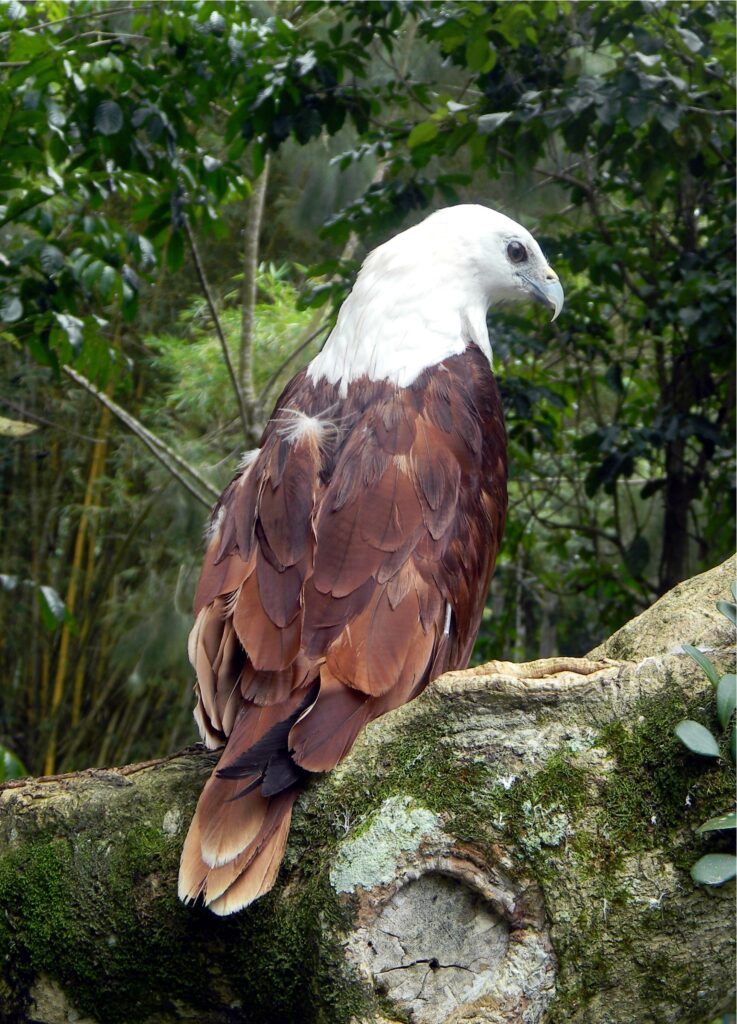
Pinsker’s hawk-eagle 
Philippine eagle
The country’s coral reef area – estimated at 26,000 square kilometers – is the second largest in Southeast Asia. Yet, it is one of the most threatened biodiversity ecosystems. The Inventory of the Coral Resources of the Philippines in the 1970s found only about 5% of the reefs to be in excellent condition, with over 75% coral cover (both hard and soft).
Another study conducted in 1997 showed only 4% of reefs in excellent condition (75% hard or soft coral cover), 28% in good condition (50-75% coral cover), 42% in fair condition (25-50% coral cover), and 27% in poor condition (less than 25% coral cover).
But the coral reefs are not the only threatened species in the country. In fact, the Philippines is described as “a biodiversity hotspot.”
“This is because the Philippines continues to experience an alarming rate of destruction of these important resources brought about by overexploitation, deforestation, land degradation, climate change, and pollution (including biological pollution), among others,” said the Biodiversity Management Bureau (BMB), a line agency of the environment department.
“The Philippines is considered a mega-diversity country rivaled only by a few countries in the world when it comes to variety of ecosystems, species, and genetic resources,” the BMB said on its website. “Many of the islands comprising the archipelago are believed to have a high degree of land and animal endemism.
“The country hosts more than 52,177 described species of which more than half is found nowhere else in the world,” it further said. “On a per unit area basis, the Philippines probably harbors more diversity of life than any other country on the planet.”
In a 1981 position paper, wildlife guru Jesus B. Alvarez, Jr. wrote: “The Philippines has tremendous wildlife resources. We have unique and beautiful birds which are in great demand, both here and abroad. We also have rare interesting mammals. Most outstanding are the tamaraw and the Philippine eagle which could be placed alongside the world’s finest species.”
The Philippines is home to about 170,000 faunal species, most of which are insects and are mostly unidentified, according to the environment department. Twelve thousand plant species and 960 animal species are found in the country’s forests. Of the identified animal species, over 500 are birds, and 167 are mammals.
Out of the 500 known coral species worldwide, about 488 coral species in 78 genera are found in the Philippines. There are only about 50 species of seagrasses in the world. A total of 16 species can be found in the country, and this is the second-highest diversity that exists in one country; only Western Australia has more – with 17 species. At least 2,000 fish species are found in the Philippines.
Almost 100 mammal species are endemic to the Philippines. In recent years, experts have discovered more than a dozen species of mammals in the country seen nowhere in the world.
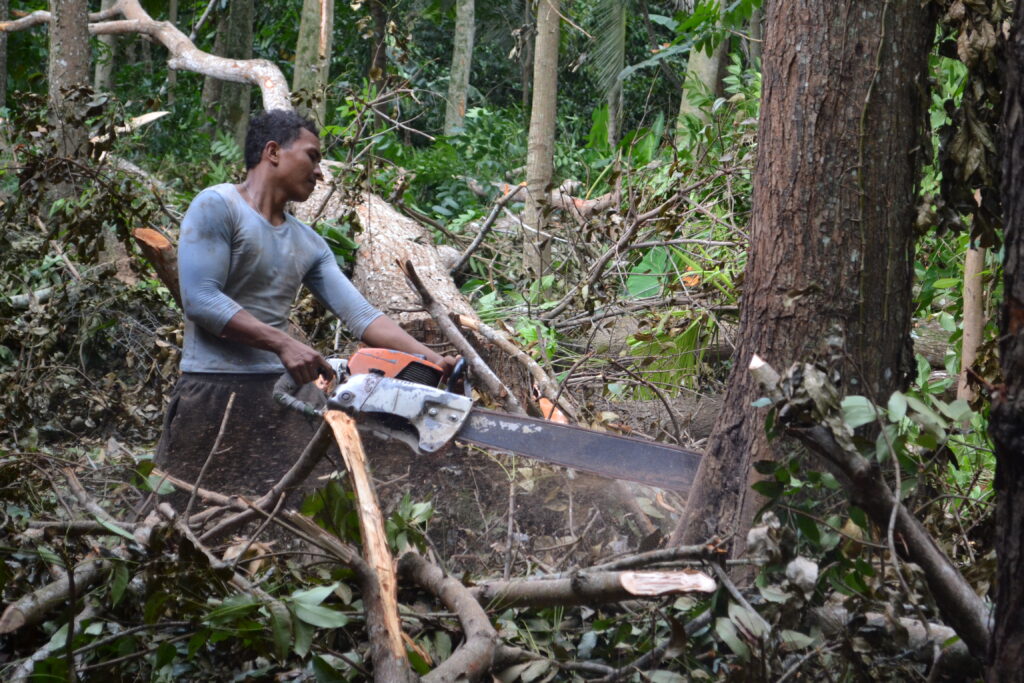
Tree cutting 
Coral reefs
New bird species are continuously being discovered. “In the past 12 years, there have been several new records of birds in the Philippines,” Birdlife International reports. “These records increased the total count of Philippine birds from 572 (in 2000) to 604 (in 2012).”
But most of the country’s flora and fauna are facing extinction. Among those that have been identified as such, as their population continues to dwindle, include the Philippine eagle, Philippine tarsier, tamaraw, waling-waling, the two types of crocodiles, and the five species of marine turtles.
“We have an abundance of natural resources. But all this wealth is at great risk,” said then-Senator Loren Legarda in a speech delivered during the First National Biodiversity Congress recently.
The website of the UN Convention on Biological Diversity (CBD) confirmed this. “The national list of threatened faunal species was established in 2004 and includes 42 species of land mammals, 127 species of birds, 24 species of reptiles, and 14 species of amphibians. In terms of fishes, the Philippines counts at least 3,124 species, of which about 121 are endemic, and 76 are threatened.
In 2007, an administrative order issued by the environment department established a national list of threatened species, indicating that 99 species were critically endangered, 187 were endangered, 176 were vulnerable as well as 64 other threatened species.
Threats to biodiversity in the Philippines vary, according to CBD. In the forest ecosystem, for instance, the primary causes of forest loss are commercial exploitation and population growth (including lifestyle and consumption patterns) and the introduction of invasive alien species.
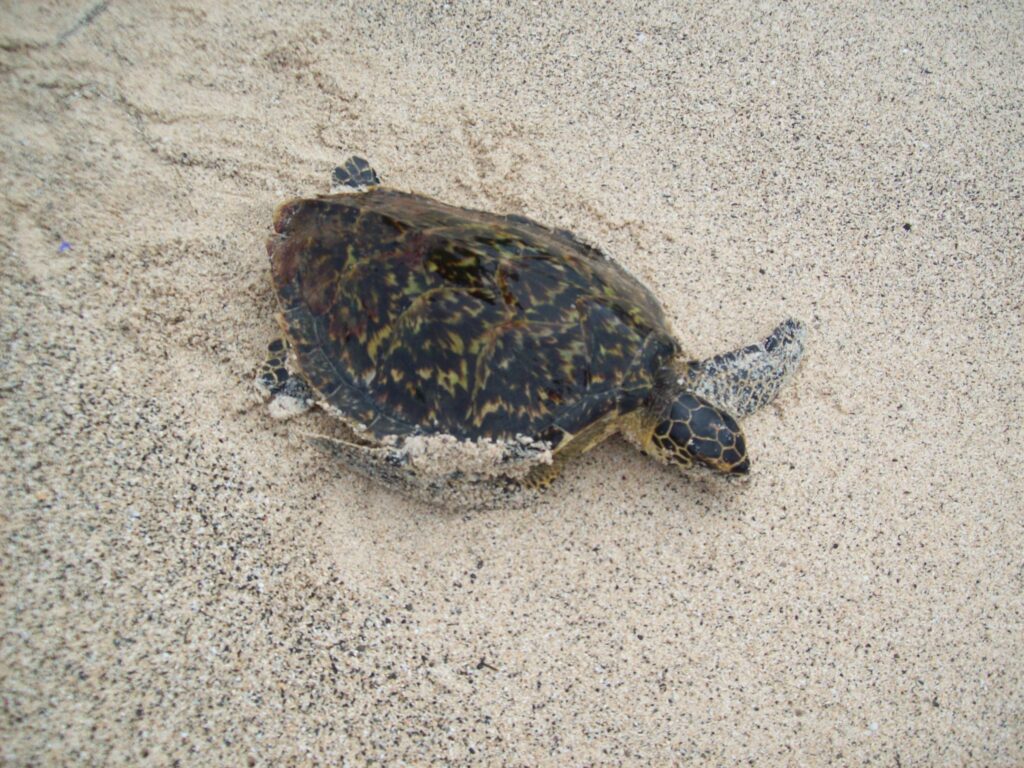
Marine turtle 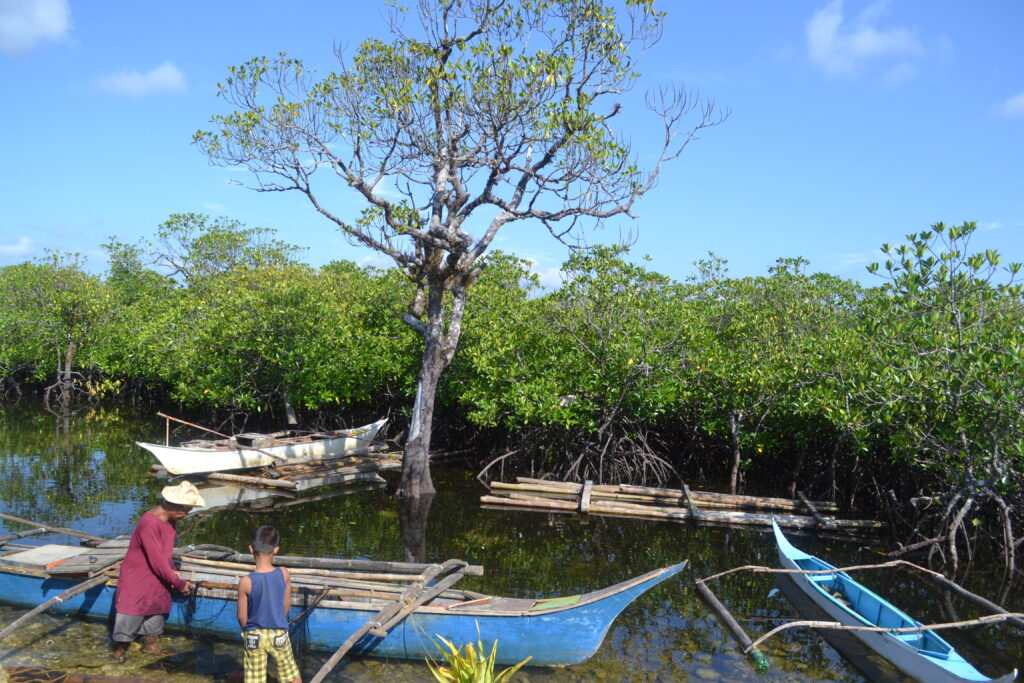
Mangrove ecosystem 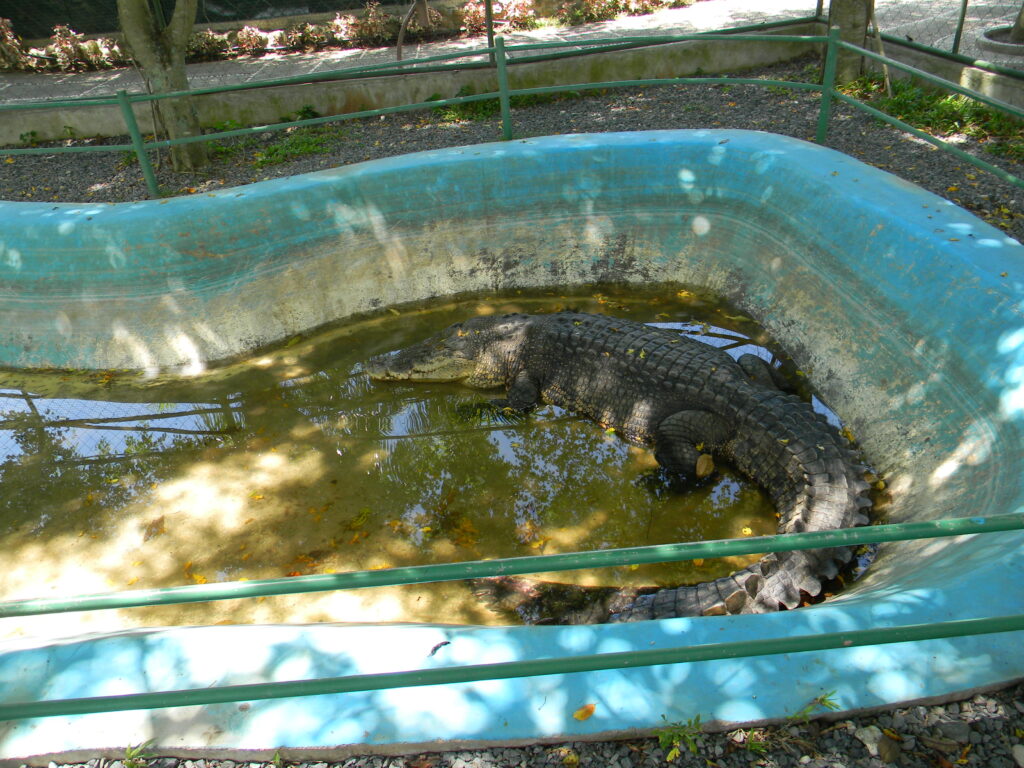
Philippine crocodile
CBD said that the loss of biodiversity in the agricultural ecosystem is a direct consequence of habitat destruction via conversion of agricultural land to other uses; natural calamities or extreme weather events associated with climate change, the introduction of invasive alien species, pests, and diseases; and inherent institutional problems of government agencies responsible for conserving agrobiodiversity.
“Yet the observed declined is also the indirect result of the increased demand for food, land and other agro-based resources; pursuit of economic growth through intensive agriculture, export-oriented policies and the promotion of extractive industries, such as mining, that are potentially damaging to the environment; and lifestyle change of farmers brought about by urbanization,” the CBD said in its website.
Major threats to inland water biodiversity, as well as marine and coastal ecosystems, include chemical pollution and eutrophication, fisheries operation, habitat alteration, invasion of alien species, and global climate change, the CBD pointed out.
“Protection of biodiversity should be one of the top priorities of any meaningful strategy to safeguard the world’s biological heritage,” wrote John C. Ryan, author of Life Support: Conserving Biological Diversity.
“A few decades ago, the wildlife of the Philippines was notable for its abundance; now, it is notable for its variety; if the present trend of destruction continues, Philippine wildlife will be notable for its absence,” commented Dr. Lee Talbot, who was once a member of the Southeast Asia Project on Wildlife Conservation of Nature and Natural Resources.

